
Underwater macro photography is a realm of detail, delicacy, and precision. But within this tight frame lies vast creative freedom. Beyond just capturing a critter, what if your image could say something—echo a feeling, a memory, or an otherworldly mood? That’s where creative macro steps in: a space to experiment with in-camera magic like bokeh manipulation, lens quirks, colour filters, and slow shutter effects that turn documentation into artistry.
Let’s dive into the inspiring tools and techniques that elevate your underwater macro—gear and creativity included—all within the solo-execution spirit of REAL FOCUS.
1. Bokeh & Lens Personality
Bokeh is more than a blur—it’s a texture, a mood, a fingerprint. The type of lens you choose influences not just sharpness, but the character of your background.
Vintage or specialty lenses like the Meyer-Optik Trioplan or Helios 44-2, with their dreamy soap-bubble bokeh and swirly fall-off, have earned cult status among topside macro photographers. Underwater, adapting manual lenses via sealed ports or creative diopter setups can inject a surreal atmosphere.
Don’t forget: the shape of your aperture blades affects bokeh. Rounded blades produce smooth orbs; angular ones create more geometric effects. Intentionally include backscatter or light sources in your frame to create artistic highlights.
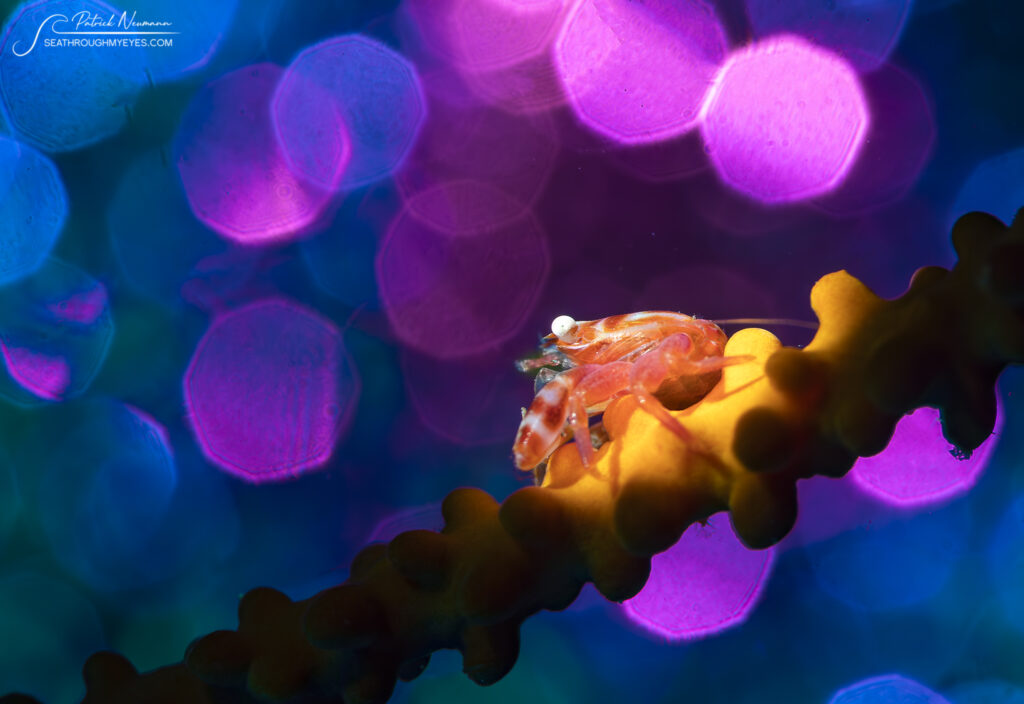
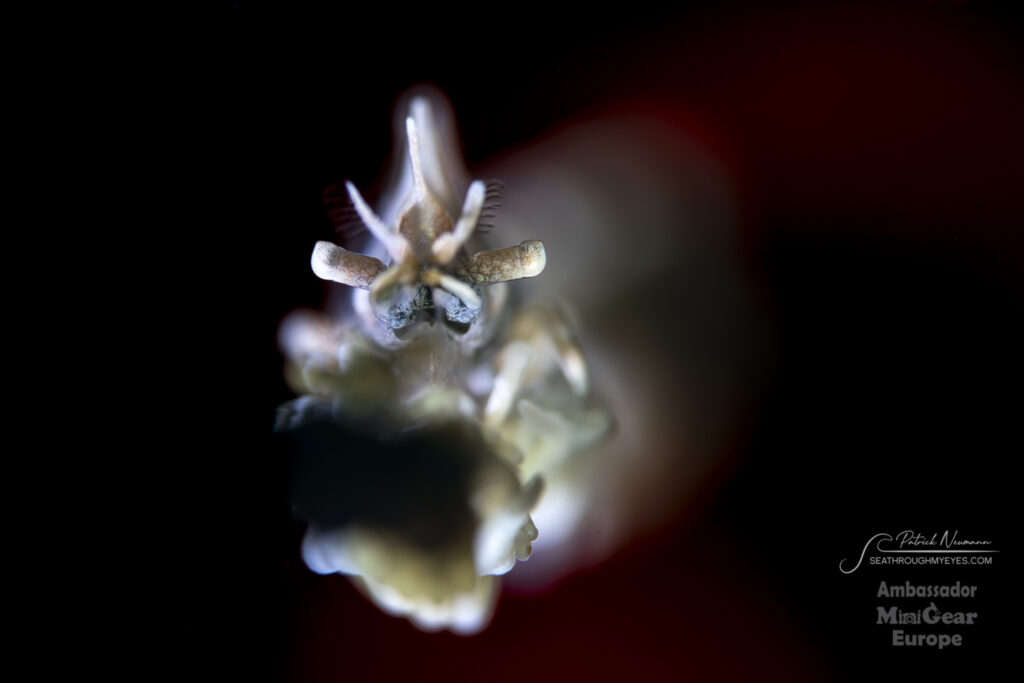
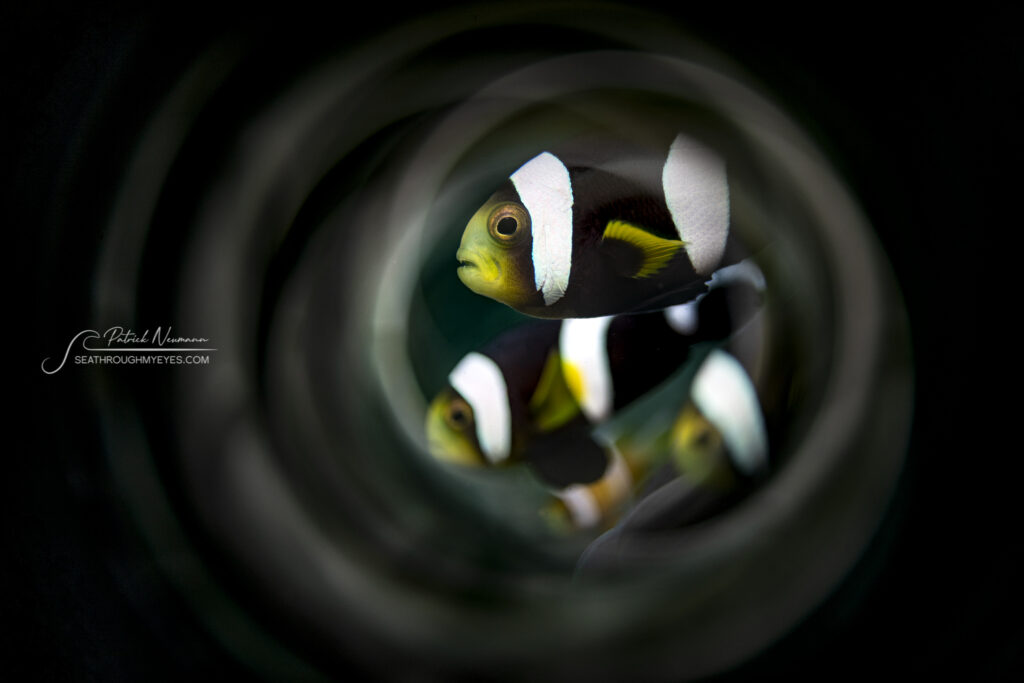
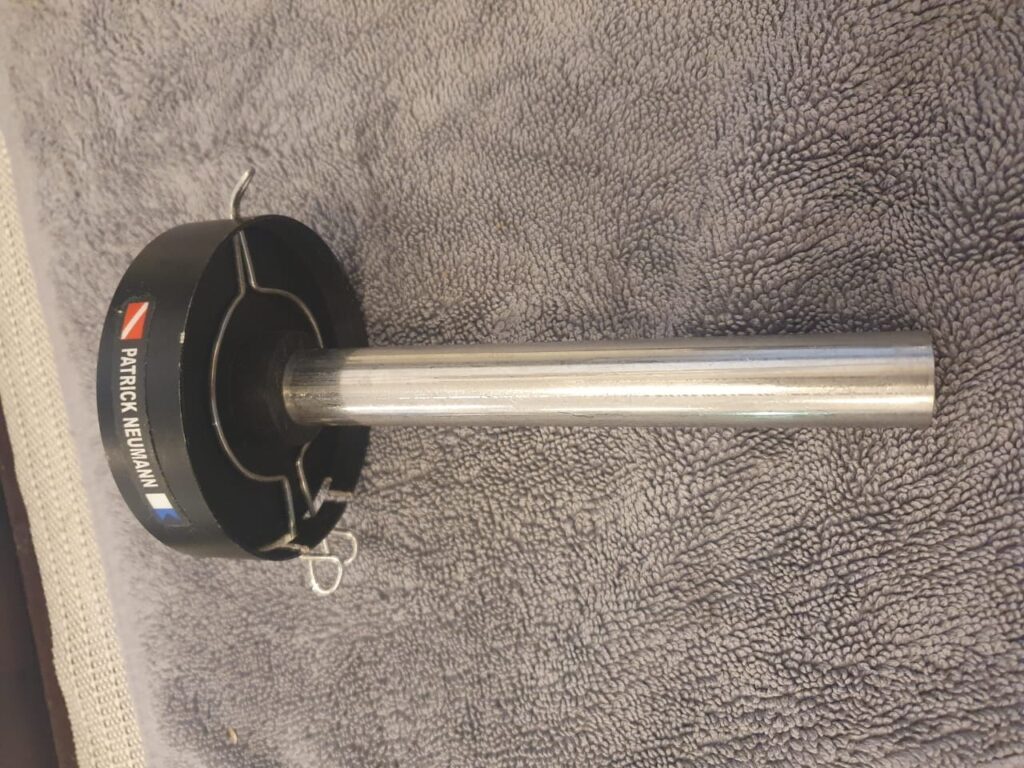
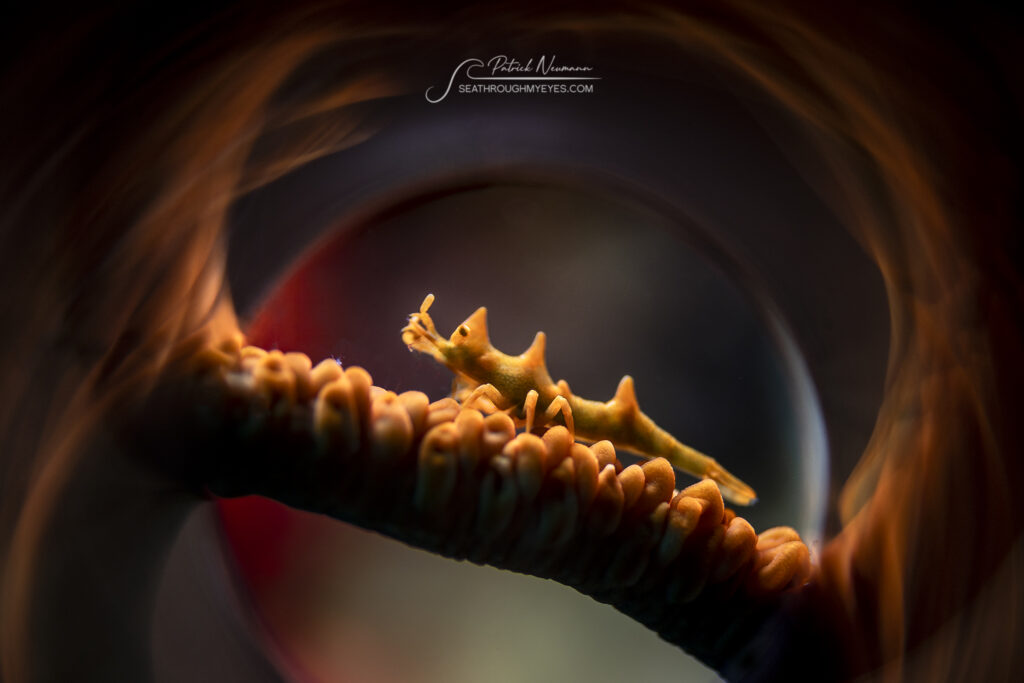
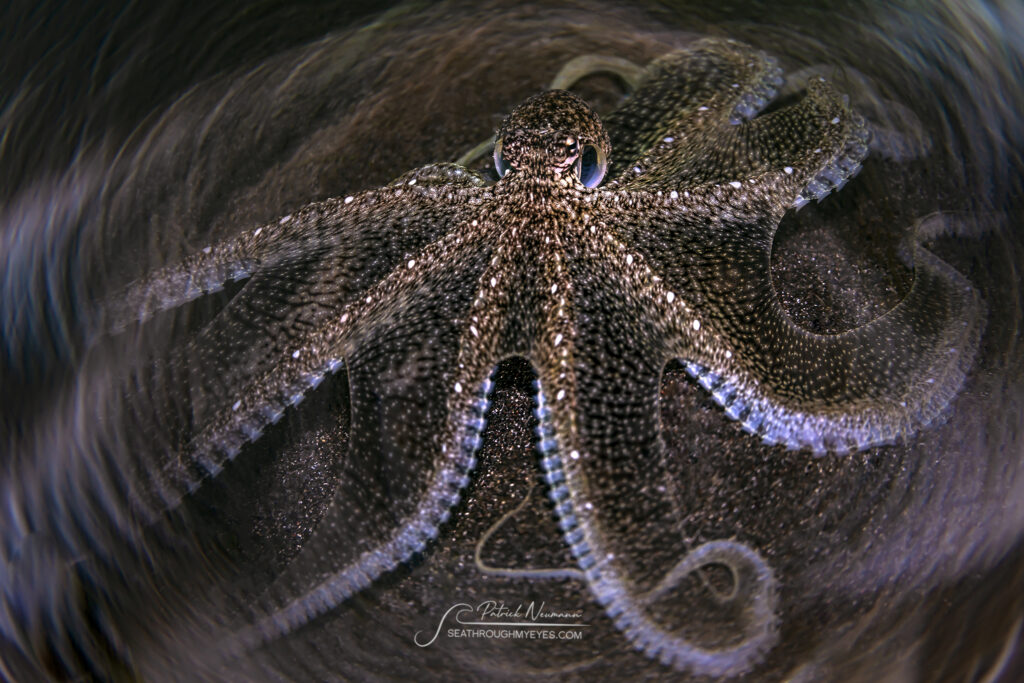
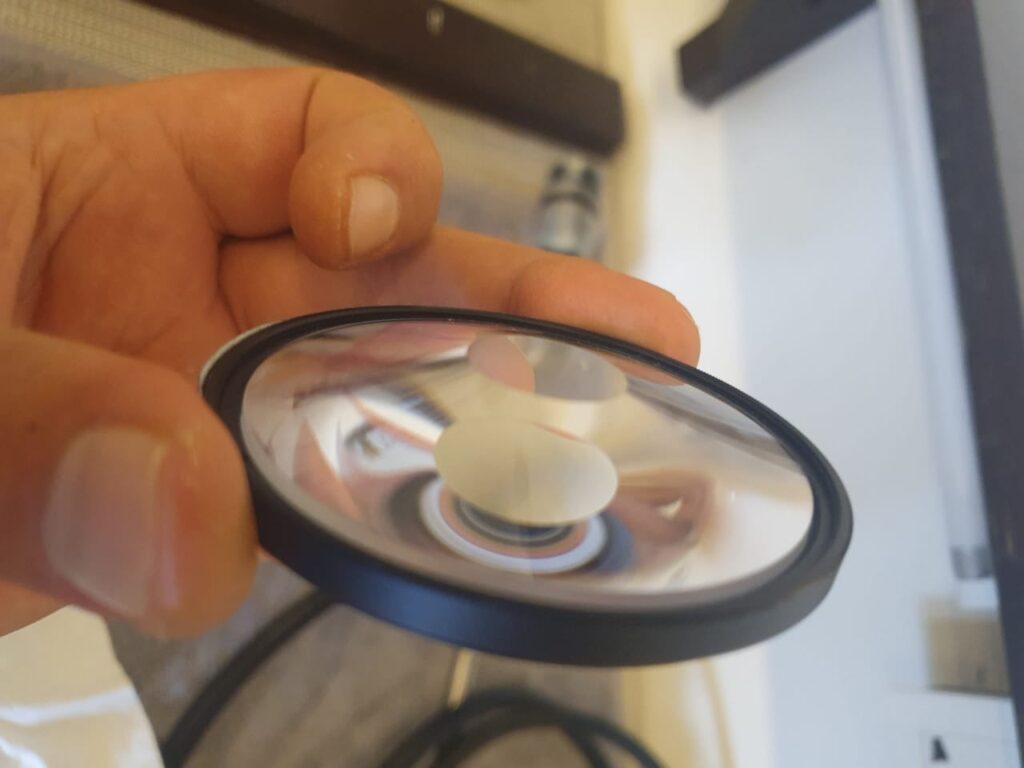
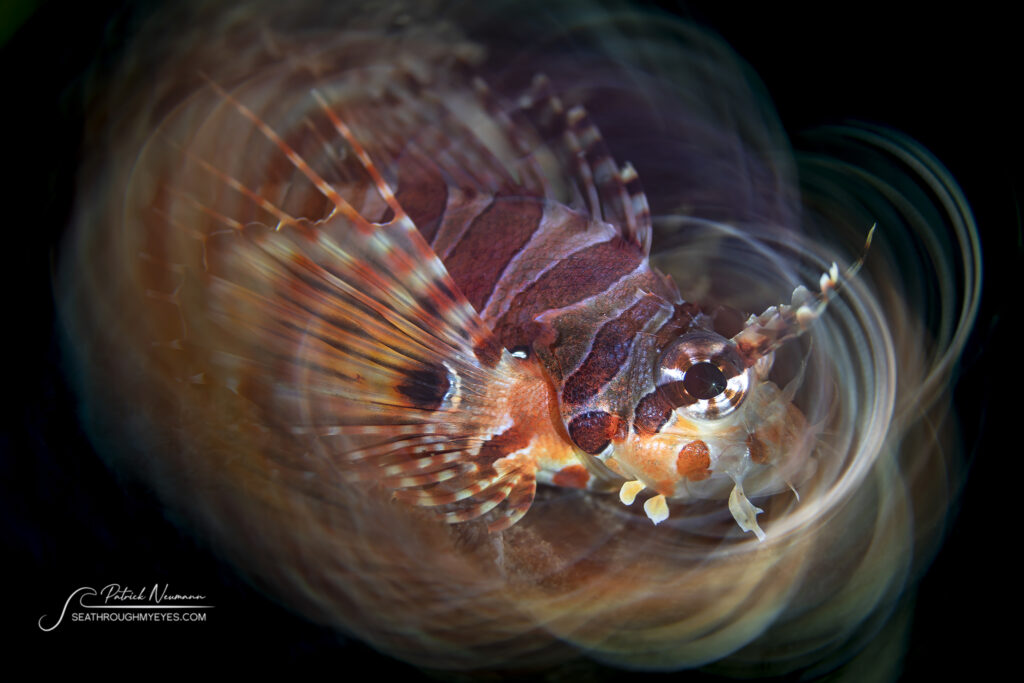
2. Slow Shutter & Rear-Curtain Flash
Experimenting with shutter speed is one of the fastest ways to shift your style from sharp realism to soft impressionism. A slow shutter (1/5s to 1s) paired with a stationary subject and intentional camera movement creates brushstroke-like backgrounds—crinoids become comets, soft coral becomes streaks of motion.
When combined with rear-curtain sync flash, this technique freezes the subject after the motion trail, giving your composition a dual sense of fluidity and form. This is a fantastic solo technique—easily achieved without external lights, just with strobes and settings you control.
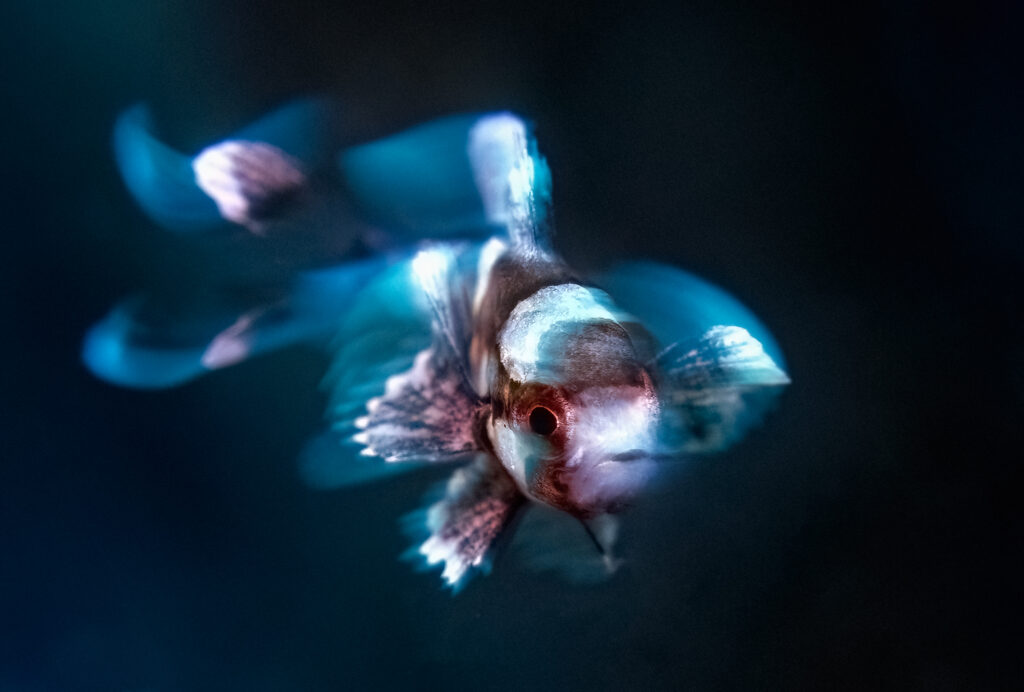
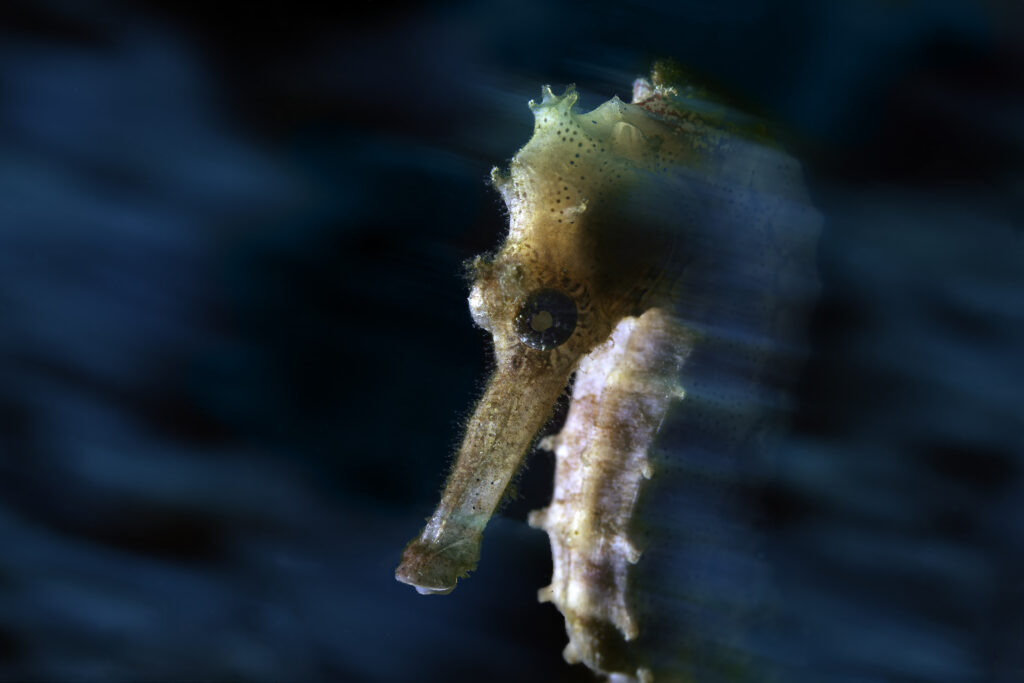
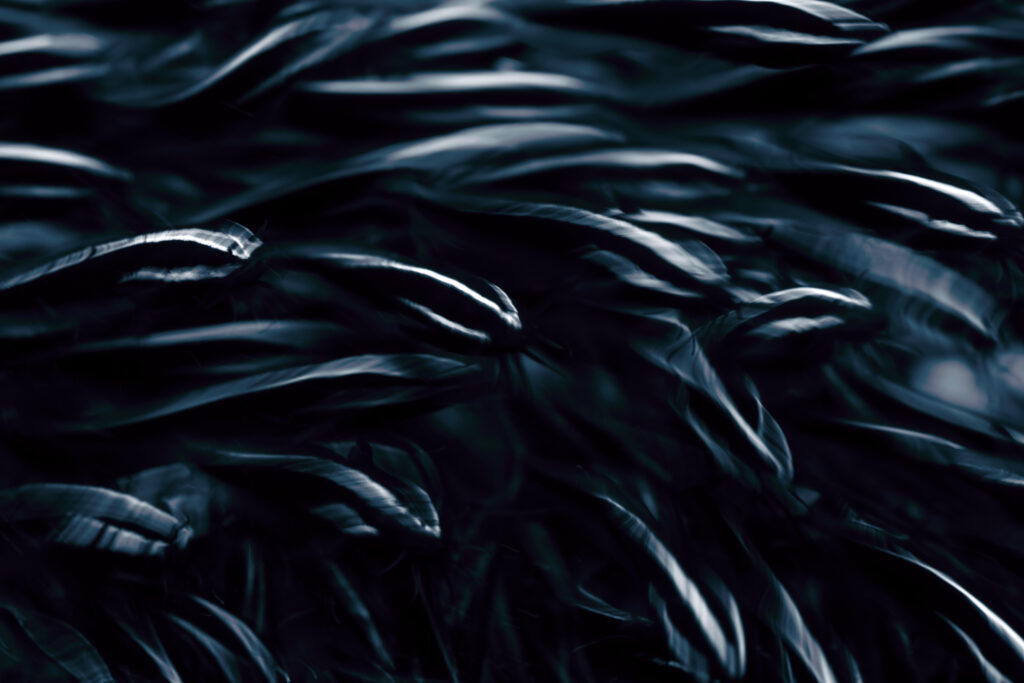
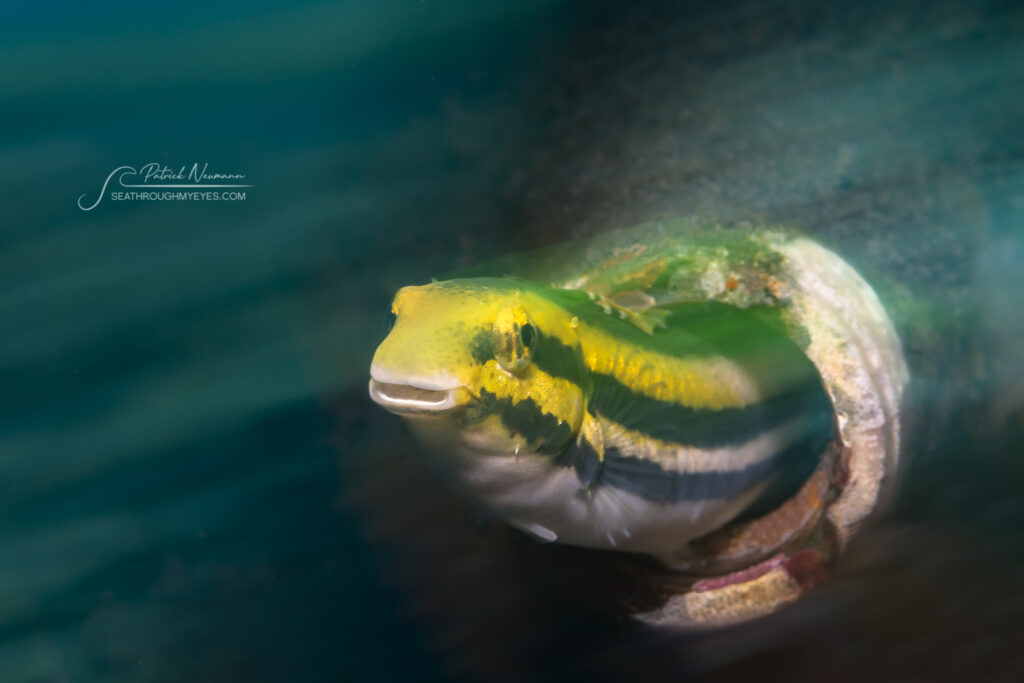
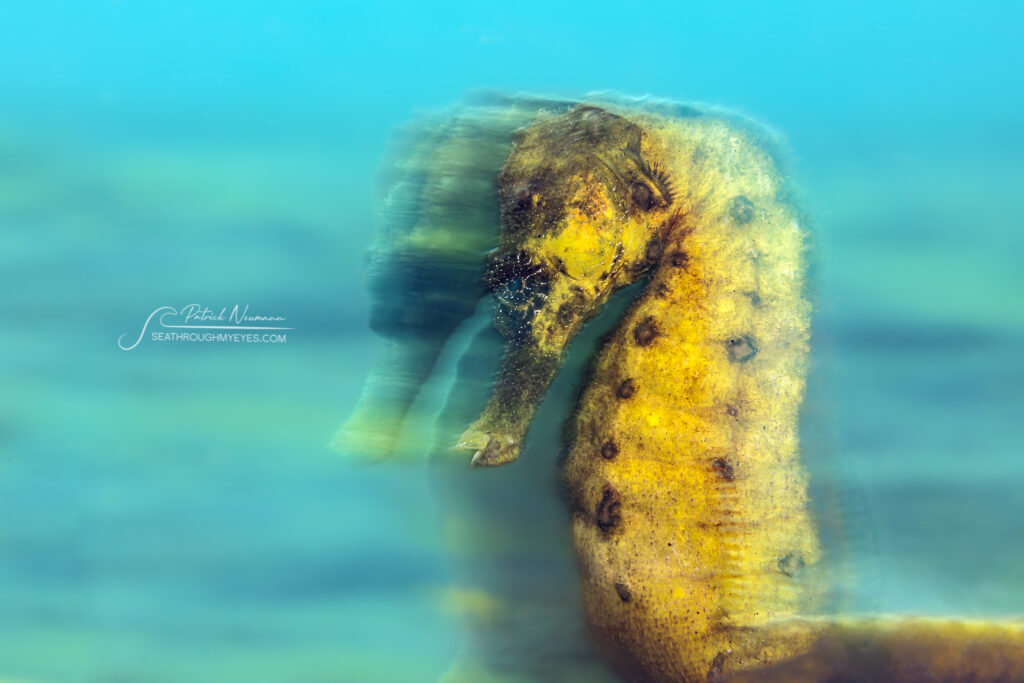
3. In-Camera Double Exposure
Some cameras allow you to blend two images in-camera—no editing required. This means you can compose one image of a nudibranch, then layer it with a second exposure of, say, coral textures or a soft-focus environment. Done right, it creates dreamlike visual narratives.
The trick is deliberate contrast—shoot a well-lit subject against a black background for your first frame, then use a high-key abstract pattern or complementary texture in the second. Pre-visualising the layering is key, but experimentation is part of the fun.
4. Backlighting & Snoots From Below
Many macro photographers default to side or top lighting, but reversing the light source can produce magic. Using a snoot or torch from behind and below the critter creates dramatic edge lighting—rim-lighting the translucent or hairy features of shrimp, seahorses, and nudis.
Snoots and backlights can be mounted to your rig and aimed manually by you—no buddy required. It may take practice to dial in the beam, but once mastered, this technique gives a glowing, cinematic effect that highlights form and texture.

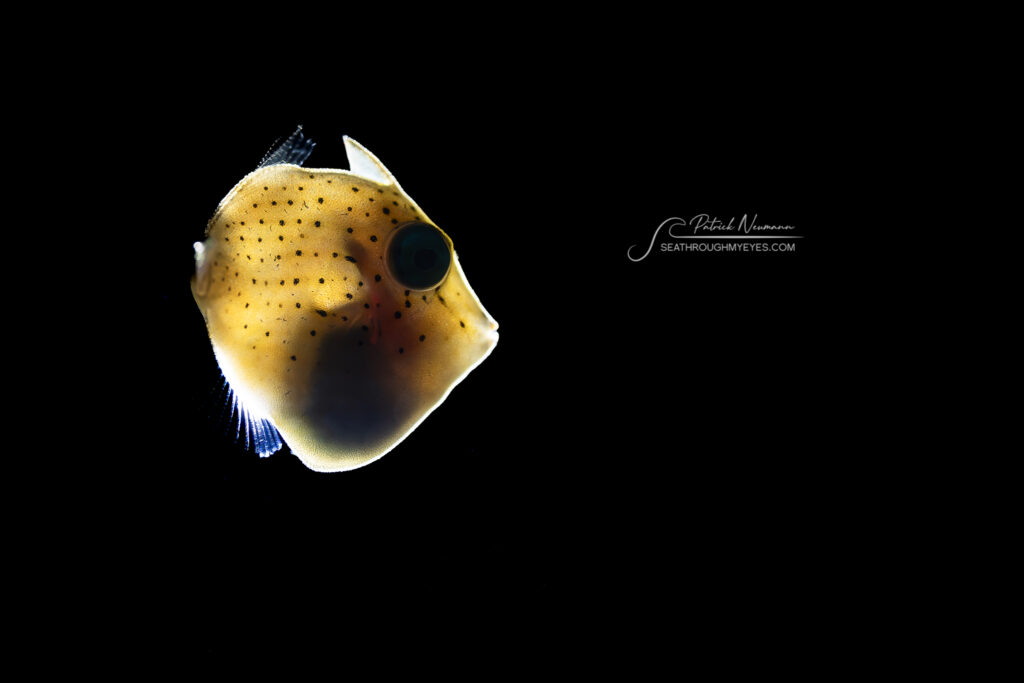
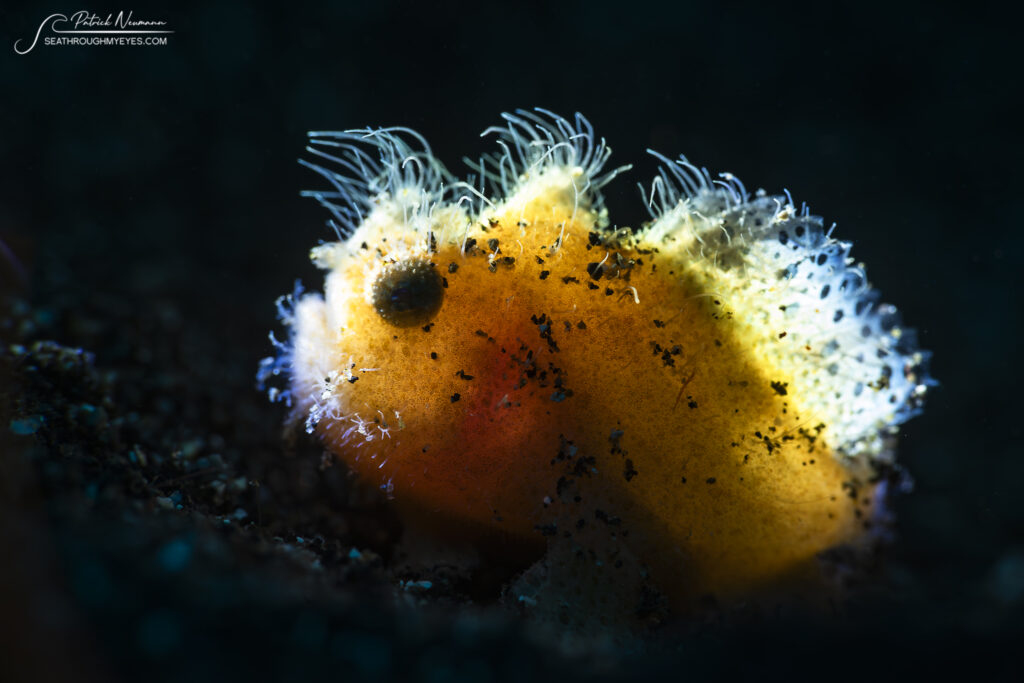
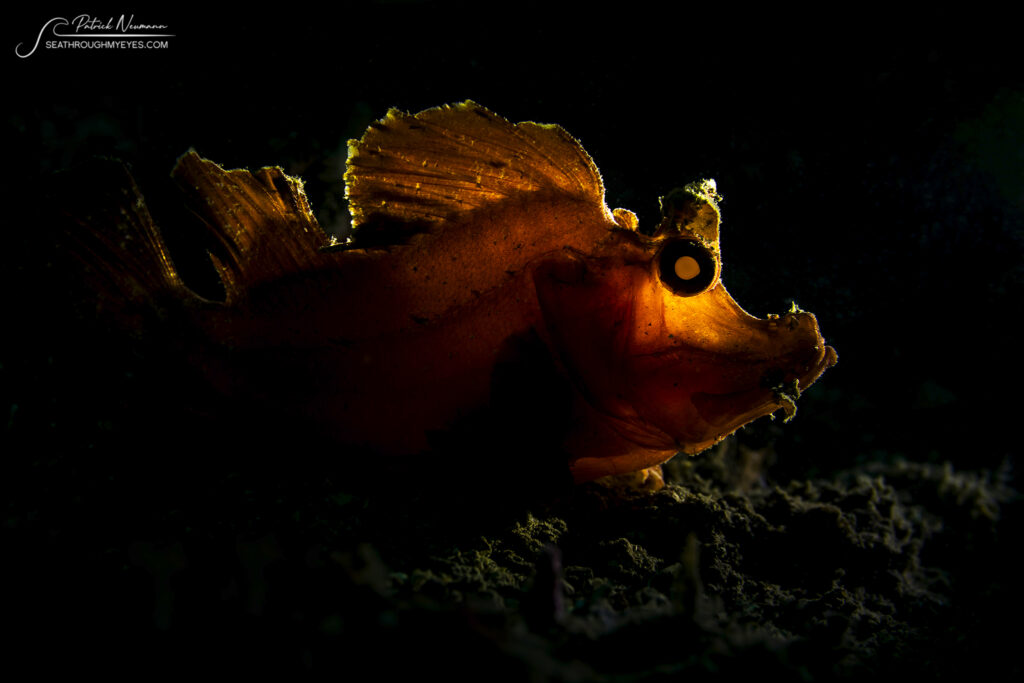

5. Colour Filters: In-Camera Emotion
Colour evokes emotion, and underwater, you can use filters to paint your image before you even click the shutter.
Gel filters over strobes or snoots can warm up shadows, cool backgrounds, or bring a surreal mood into a scene. Think soft magentas in the blur, or golden-edge light on a crustacean. Because you’re not manipulating colour in post, this technique celebrates in-camera vision—a perfect fit for REAL FOCUS.
Even a coloured dive torch can serve as a wash of hue behind a subject if angled carefully. The key? Experiment without relying on an assistant to hold your lights.

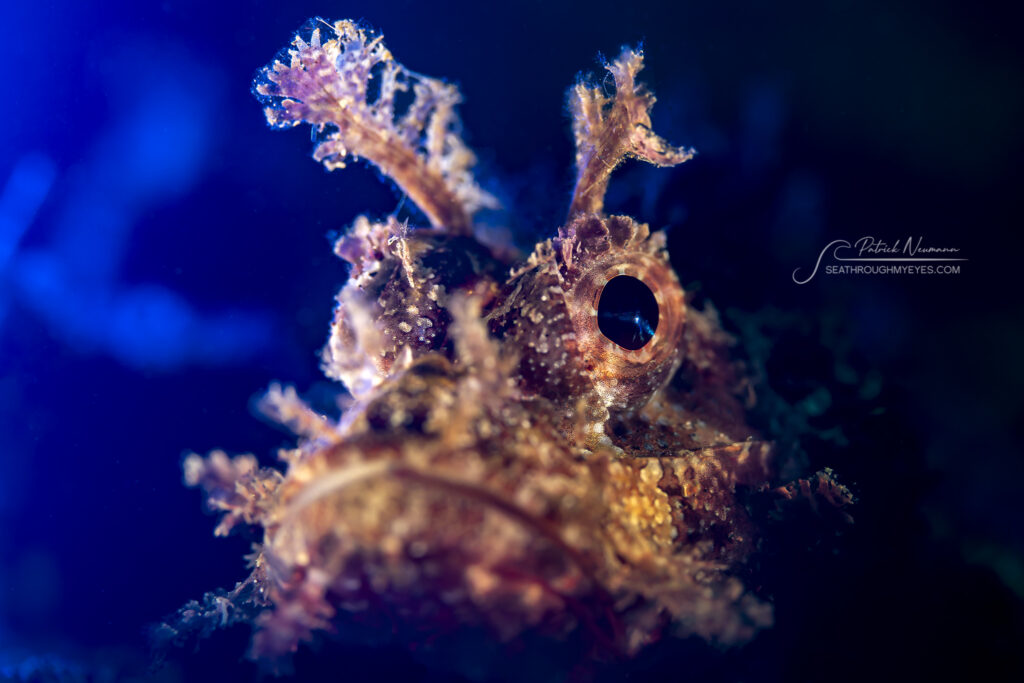
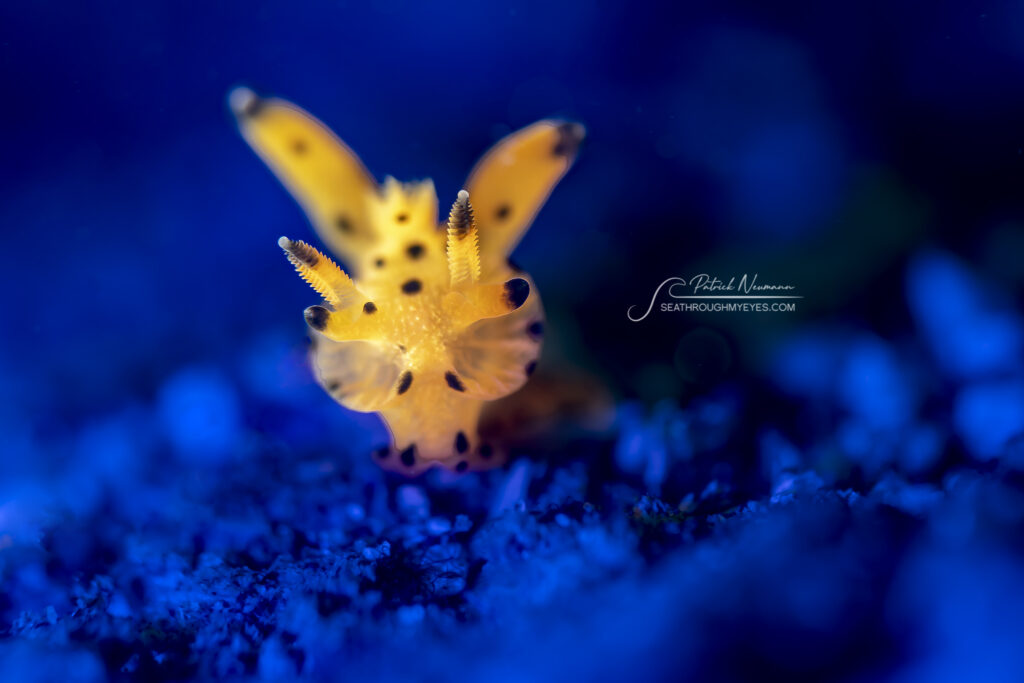
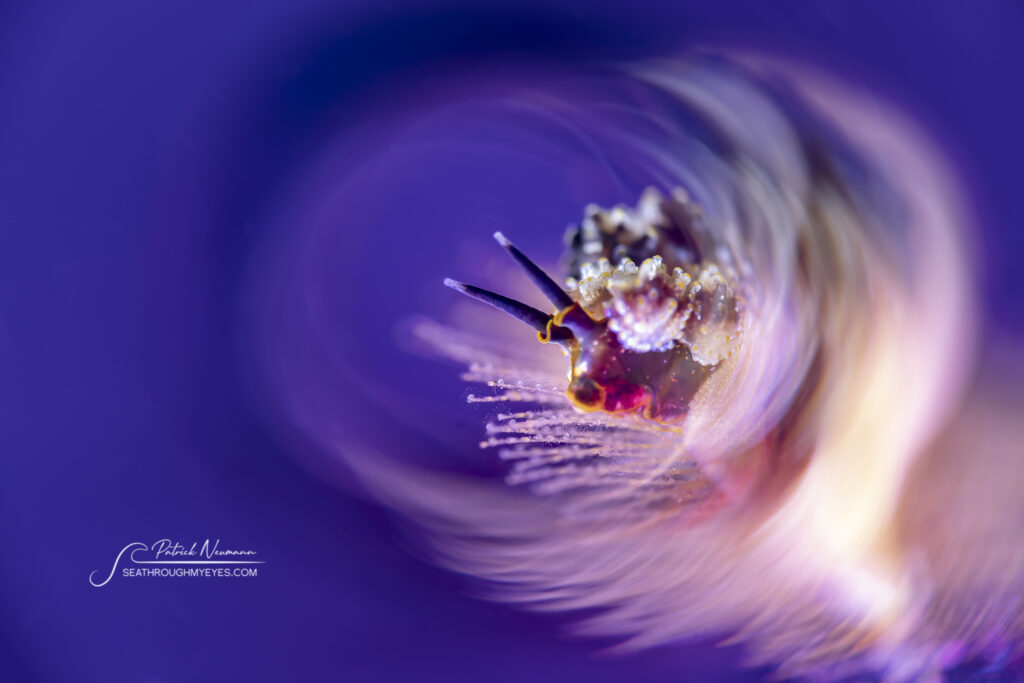
6. Embrace the Lens as a Brush
Creative macro isn’t about perfection—it’s about interpretation. Let your lens behave like a brushstroke. A probe lens can shoot through corals or bottles for perspective shifts. A reversed manual lens can add dreamy focus fall-off. Even controlled refraction through your dome or port can yield beautiful distortions.
What matters is intent—and doing it all solo. REAL FOCUS is about authentic creation. Your gear is your toolkit. Your rig, your studio. Your imagination, the only assistant allowed.
Final Thoughts: Creative Freedom, Authored Alone
Creative macro is a dance between precision and poetry—and REAL FOCUS invites you to perform it solo. This isn’t about guide setups or buddy-lighting arrangements. It’s about cultivating your own vision, adapting to the environment, and using only the tools you carry—not the hands you borrow.
Every creative decision you make—whether it’s adding a colour gel, dialling in a rear flash, or crafting swirls in bokeh—is yours alone. And that’s the magic.
So go ahead. Swirl. Smear. Double up. Light from below. Filter the world pink. Because in these tiny underwater spaces, art and life dance together—and in REAL FOCUS, they dance to your rhythm only.